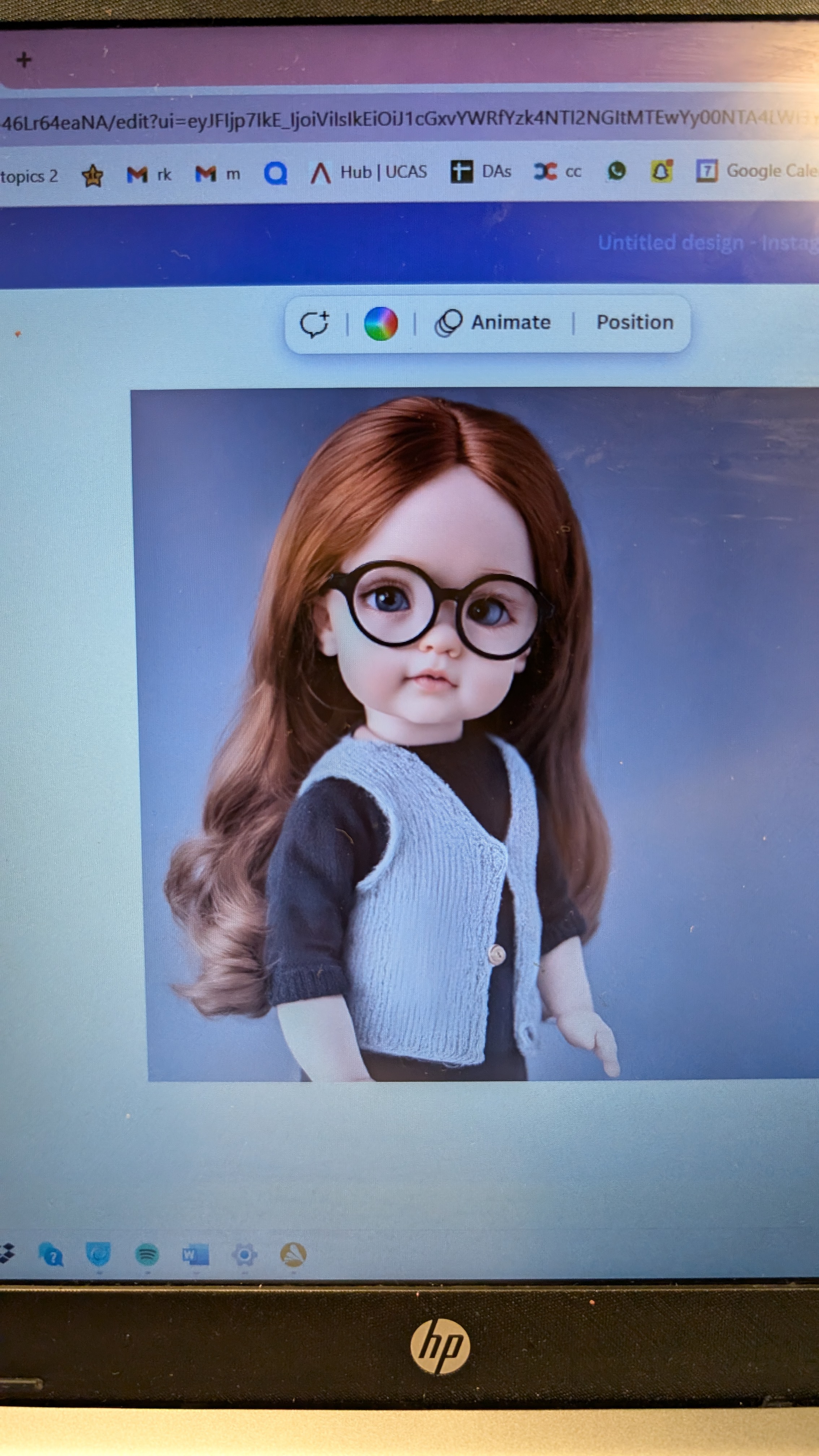Ainsworth's strange situation
Cards (6)
- What was the procedure of Ainsworth’s Strange Situation?Ainsworth observed infants and their mothers in a controlled setting to assess attachment type.🔹 The procedure involved 8 standardised episodes, each lasting 3 minutes.🔹 Behavioural categories were recorded, such as exploration, stranger anxiety, separation anxiety, and reunion behaviour.🔹 Examples: The infant's use of the mother as a safe base, reactions when a stranger enters, and responses to the mother leaving and returning.
- What were the findings of Ainsworth’s Strange Situation?🔹 Three attachment types were identified:
- Secure (most common): Infants explored, used the mother as a safe base, showed moderate anxiety, and were happy upon reunion.
- Insecure-resistant (least common): Infants were clingy, had extreme anxiety, and resisted comfort upon reunion.
- Insecure-avoidant: Infants explored without a safe base, showed little anxiety, and were indifferent upon reunion.
4o - What is a strength of Ainsworth’s Strange Situation in terms of control?🟢 The study was conducted in a lab environment with a high level of control. It involved a standardised series of 8 episodes, ensuring consistency for all infants. This allows the research to be easily replicated, increasing reliability. It has enabled cross-cultural research on attachment (e.g. Van Ijzendoorn’s study). Control over extraneous variables (e.g. equal time in each episode) ensures valid results.
- What is a strength of Ainsworth’s Strange Situation in terms of reliability?🟢 The study used operationalised behavioural categories (e.g. exploration, separation anxiety, stranger anxiety, reunion behaviour). This made the research more objective and increased inter-observer reliability. Studies have found a high inter-observer reliability rate of 94%.
- What is a limitation of Ainsworth’s Strange Situation in terms of ecological validity?🔴 The study was conducted in an artificial lab environment. Infants may behave differently compared to in their everyday home settings. This means the study might measure their response to an unfamiliar environment rather than their attachment type.
- What is a limitation of Ainsworth’s Strange Situation in terms of individual differences?🔴 The study does not account for how individual differences affect attachment classification. Infants used to daycare may appear insecure-avoidant despite being securely attached. Shy infants may appear insecure-resistant due to extreme stranger anxiety. This could lead to misclassification of attachment types.4o
